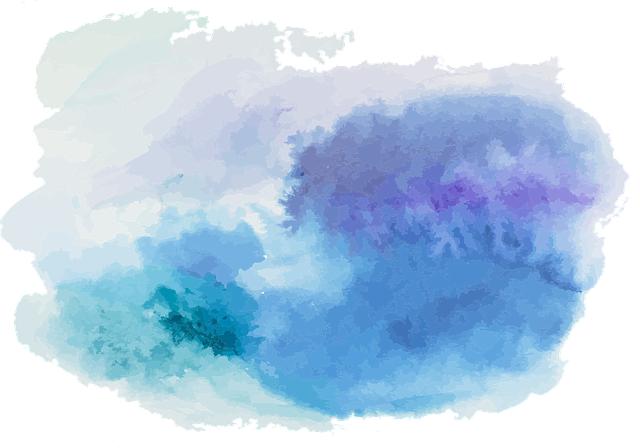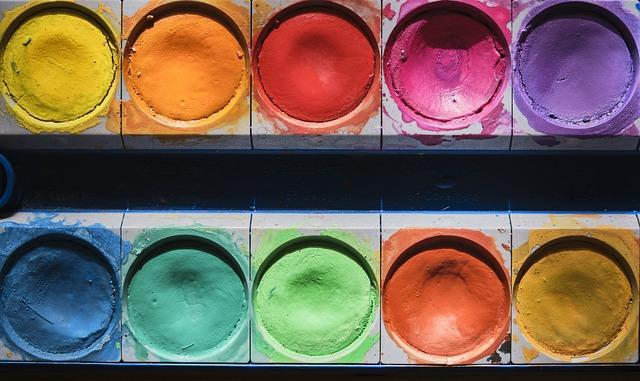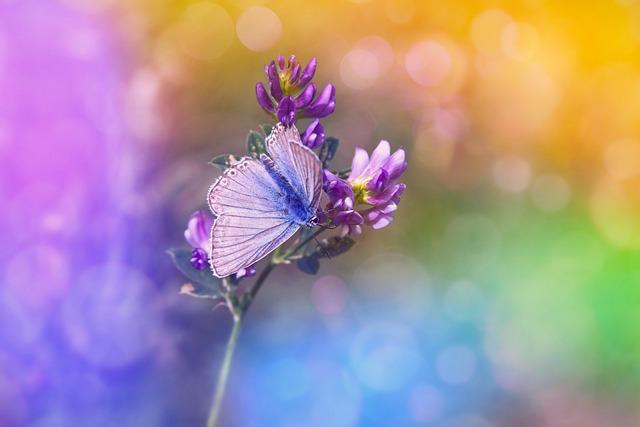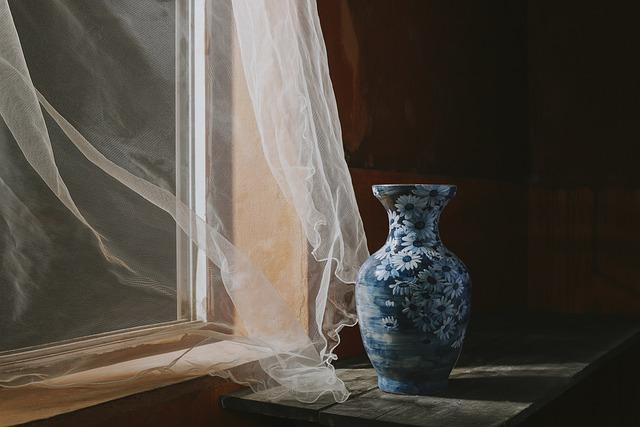- Introduction
- Hex to RGB Conversion Explained
- Mastering Color Techniques
- Creating the Perfect Color Palette
- Understanding Color Theory
- Conclusion
- FAQs
Introduction
Color is an essential element in design, and understanding various color models like Hex and RGB is key to creating visually appealing projects. In this guide, we will delve deep into mastering color by focusing on Hex to RGB conversion, mastering color techniques, creating the perfect color palette, and understanding color theory.
Hex to RGB Conversion Explained
Hexadecimal (Hex) and Red-Green-Blue (RGB) are two commonly used color systems in digital design. Converting colors between Hex and RGB formats is crucial for consistency across different platforms and devices. Understanding the relationship between these color models allows designers to express their creativity effectively.
In the Hex system, colors are represented by a six-digit code comprising numbers and letters, while in the RGB model, colors are defined by the intensity of red, green, and blue components ranging from 0 to 255. Converting Hex to RGB involves translating the hexadecimal code into its equivalent RGB values for precise color representation.
By mastering the Hex to RGB conversion process, designers can ensure color accuracy and maintain brand identity across various digital platforms and mediums. Learning how to convert colors seamlessly between Hex and RGB opens up endless possibilities for creating stunning visual compositions.

(Image: Pixabay/@geralt)
Mastering Color Techniques
Mastering color techniques is essential for designers looking to elevate their projects to the next level. By understanding color psychology, symbolism, and harmonies, designers can evoke specific emotions and convey messages effectively through the strategic use of color.
Experimenting with different color schemes, such as monochromatic, complementary, analogous, or triadic, allows designers to create dynamic and visually appealing designs. Harnessing the power of color contrast and balance can draw the viewer's attention and create a memorable visual impact.
Utilizing tools like color wheels, swatch libraries, and color pickers can streamline the color selection process and help designers find the perfect hues for their projects. By mastering color techniques, designers can enhance the overall aesthetic appeal and user experience of their designs.

(Image: Pixabay/@stux)
Creating the Perfect Color Palette
A well-crafted color palette can set the tone and mood of a design project. Whether designing a website, logo, or marketing material, selecting the right colors is crucial for conveying the intended message and resonating with the target audience.
When creating a color palette, consider factors such as brand identity, cultural associations, and color meanings to ensure coherence and visual harmony. Balancing warm and cool colors, light and dark shades, and primary and secondary colors can lead to a balanced and aesthetically pleasing palette.
Tools like Adobe Color CC, Coolors, and Canva Color Palette Generator can assist designers in generating harmonious color combinations and exploring various color schemes effortlessly. By carefully curating a color palette, designers can establish a strong visual identity and create a memorable brand presence.

(Image: Pixabay/@danielkirsch)
Understanding Color Theory
Color theory provides a foundation for effective color usage in design. By grasping concepts such as hue, saturation, value, and color relationships, designers can make informed decisions when selecting and combining colors in their projects.
Studying the color wheel and understanding color harmonies, contrasts, and temperature can guide designers in creating visually dynamic and engaging compositions. Whether aiming for a harmonious blend or a striking contrast, applying color theory principles can elevate the overall impact of a design.
Exploring color psychology and cultural interpretations of color can further enhance the storytelling aspect of a design. By aligning color choices with the intended message and target audience, designers can elicit specific emotional responses and create meaningful connections through color.

(Image: Pixabay/@165106)
Conclusion
Mastering color through Hex to RGB conversion, color techniques, creating color palettes, and understanding color theory is essential for designers seeking to create visually compelling and impactful designs. By honing their color skills and leveraging various color tools and resources, designers can unleash their creativity and craft captivating visuals that resonate with audiences.
FAQs
How important is color accuracy in design?
Color accuracy is crucial in design as it ensures consistency across different platforms and devices, maintaining brand identity and visual coherence.
How can color psychology influence design decisions?
Color psychology studies how colors impact emotions and behaviors, guiding designers to make informed choices that evoke specific feelings in their audience.
